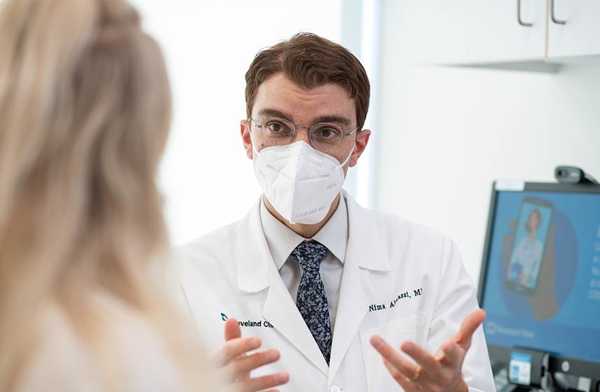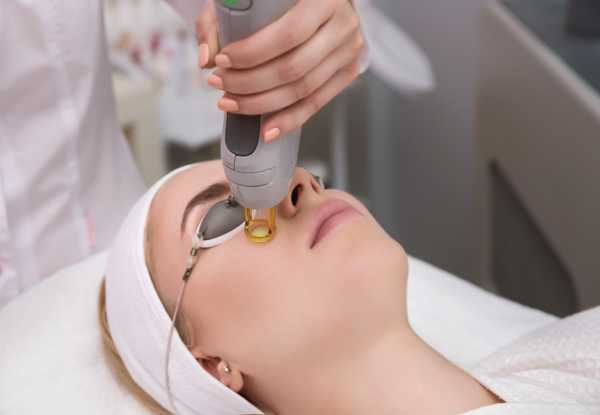最新ヒアルロン酸注射の効果・費用|後悔しないクリニック選び
Bladder Cancer: What You Need to Know About Causes, Symptoms, and Next Steps
Bladder cancer often develops silently, with subtle signs that many overlook. Yet early recognition and action can make a critical difference. From identifying risk factors to understanding the symptoms, this guide aims to equip you with the knowledge needed to stay one step ahead.
Bladder cancer often develops silently, with subtle signs that many overlook. Yet early recognition and action can make a critical difference. From identifying risk factors to understanding the symptoms, this guide aims to equip you with the knowledge needed to stay one step ahead.

What Triggers Bladder Cancer?
Bladder cancer doesn’t happen by chance—there are clear risk factors that increase the likelihood of developing the disease:
Smoking: Tobacco use is the leading cause, as harmful chemicals from cigarettes accumulate in the bladder lining over time.
Chemical Exposure: Long-term exposure to industrial chemicals, especially in jobs related to dyes, rubber, leather, and printing, elevates risk.
Genetics and Family History: A family history of bladder cancer or certain genetic mutations can increase susceptibility.
Chronic Bladder Conditions: Repeated infections or long-term use of urinary catheters may also contribute to cancer development.
Being aware of these factors can help you make informed decisions and prompt early screening when needed.
Recognizing the Warning Signs
Bladder cancer can be sneaky, but there are key symptoms that should never be ignored:
Blood in the urine (even if painless) is one of the most common early signs.
Frequent urination, burning or pain while urinating, and sudden urges to urinate can also signal a problem.
Pelvic pain or lower back discomfort, especially in advanced stages, may also occur.
If you notice any of these signs, don't delay—speak with a healthcare provider to investigate further.
What to Do if Symptoms Appear
Taking immediate action is essential:
See a Doctor Promptly: Share all your symptoms, even if they seem minor.
Diagnostic Tests: You may undergo urine tests, cystoscopy (bladder examination), or imaging scans to confirm a diagnosis.
Follow Up: If bladder cancer is detected, your healthcare team will guide you through treatment options, which may include surgery, chemotherapy, immunotherapy, or radiation.
Early diagnosis significantly improves treatment success. The sooner you act, the more options you’ll have.
Frequently Asked Questions
Q: Is bladder cancer curable?
A: Yes, especially when caught early. Many cases respond well to treatment.
Q: Who is most at risk?
A: Adults over 55, particularly men and smokers, are more commonly affected.
Q: Can lifestyle changes help?
A: While no diet can prevent bladder cancer, maintaining a healthy lifestyle and avoiding smoking can lower your overall risk.
Why Early Detection Matters
Bladder cancer is manageable when diagnosed early. Listening to your body, knowing your risk factors, and acting quickly can be life-saving. Medical progress continues to improve survival rates, but awareness remains the first and most powerful line of defense.
Stay alert. Stay informed. And most importantly, take your symptoms seriously—because your health is worth protecting.










